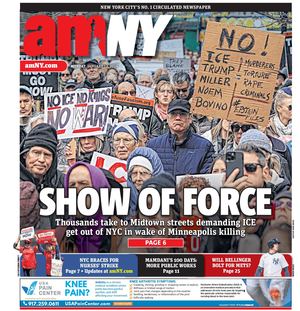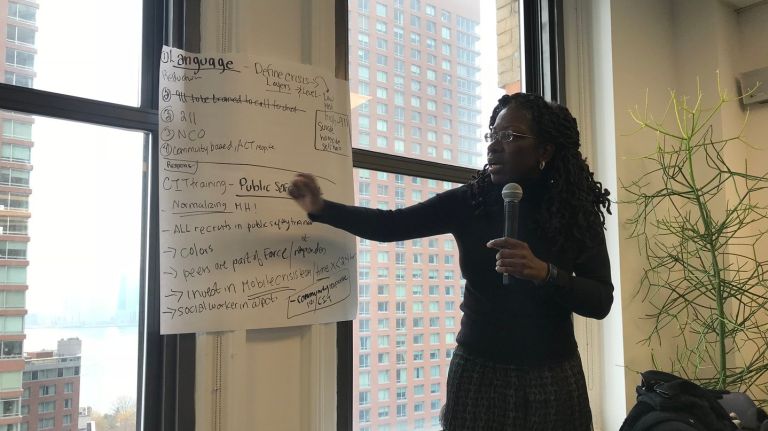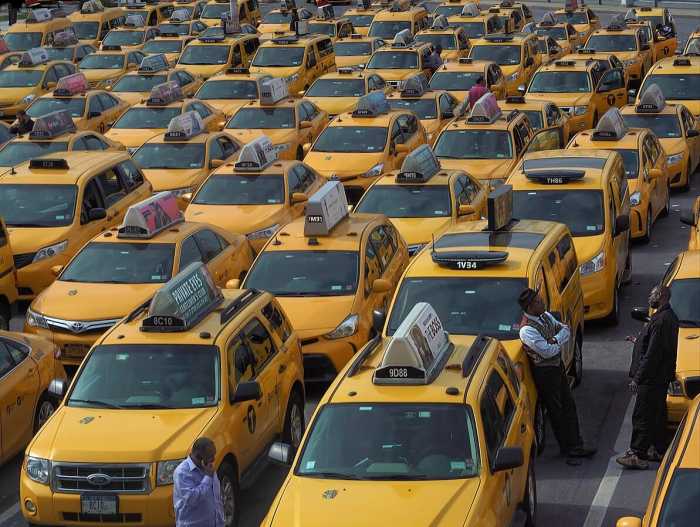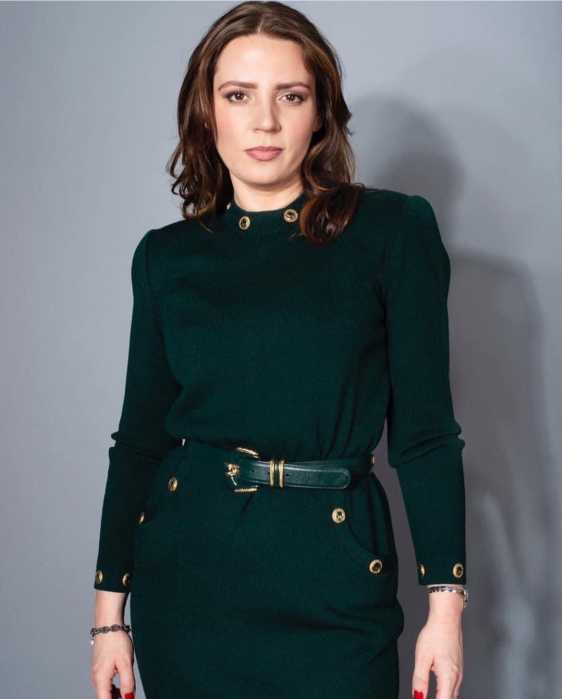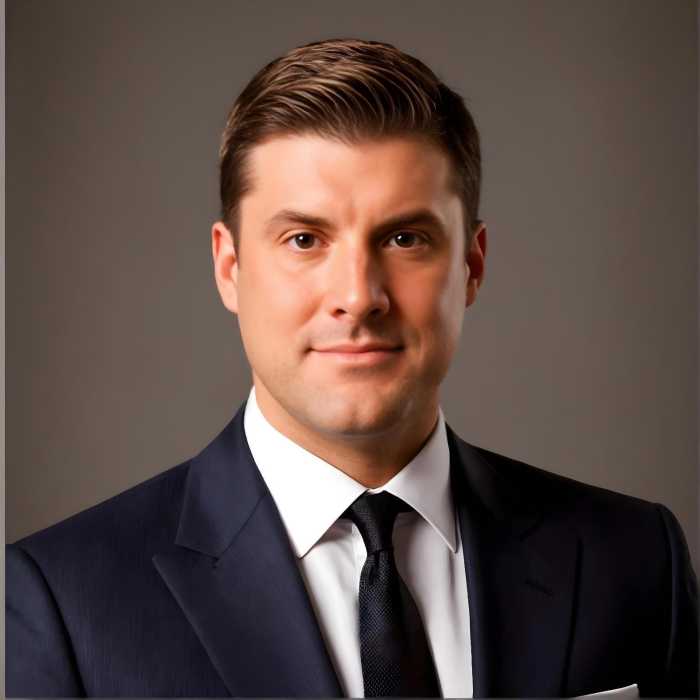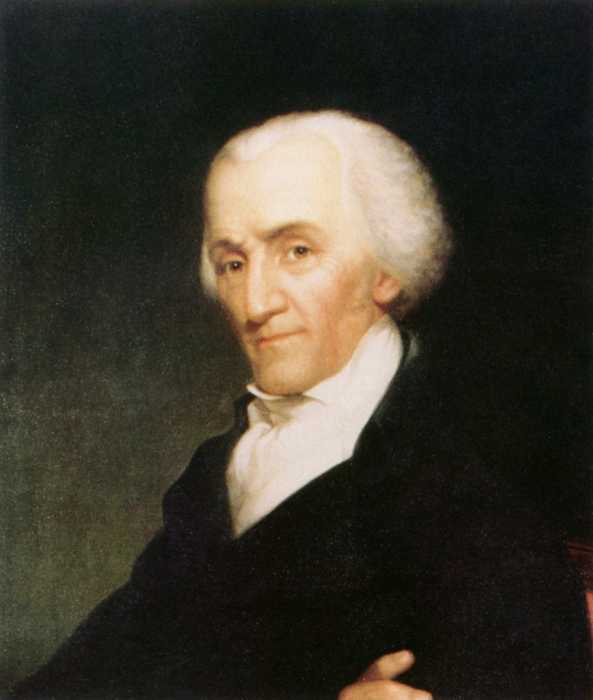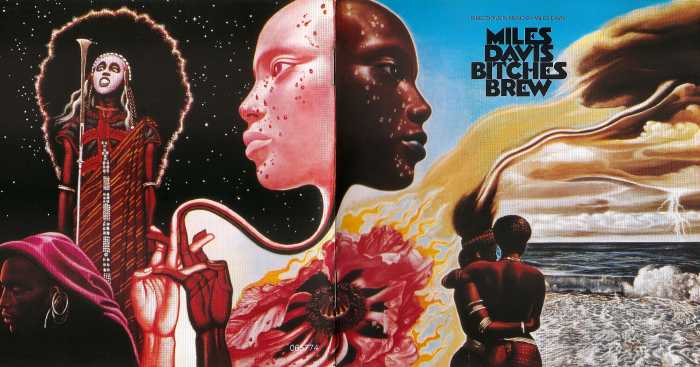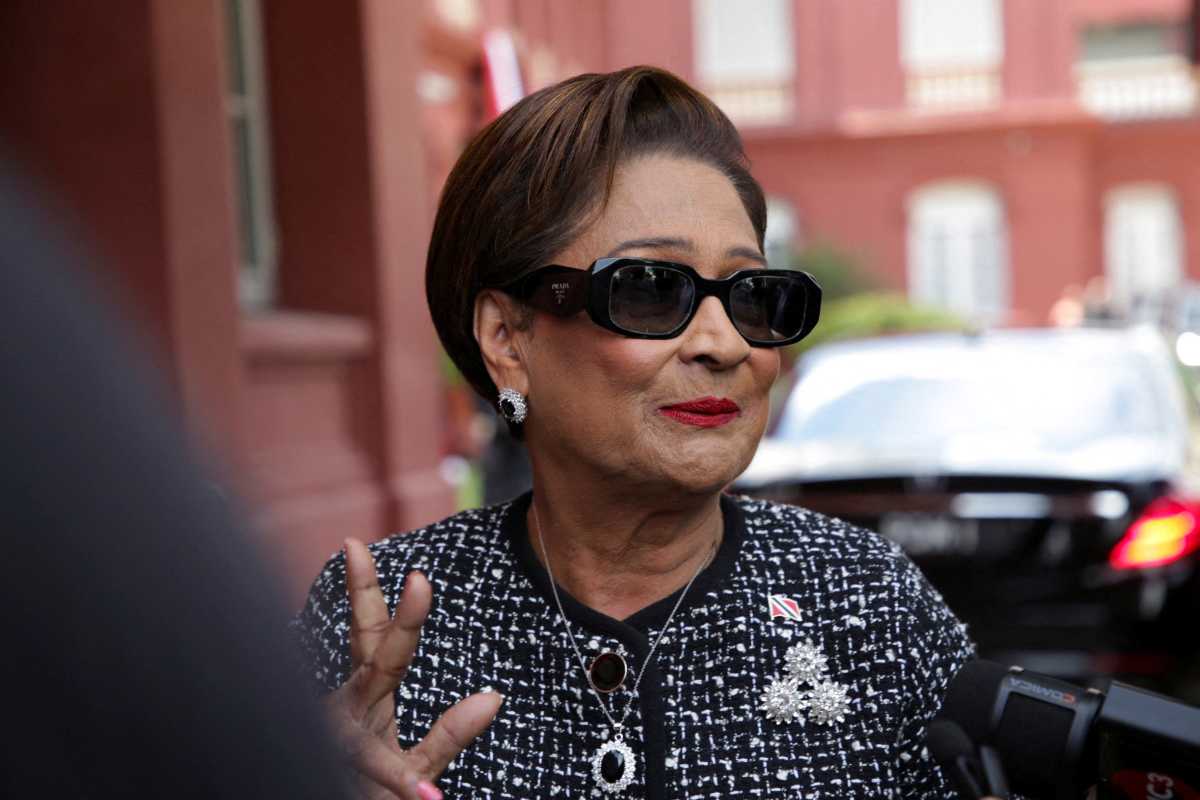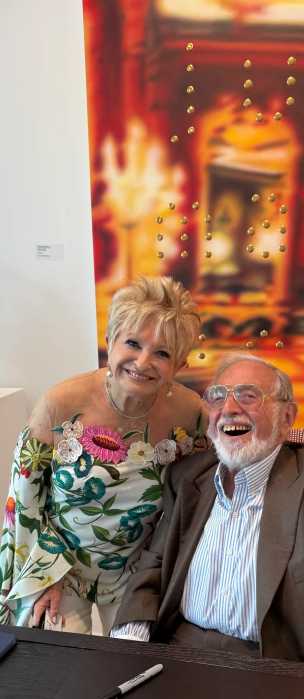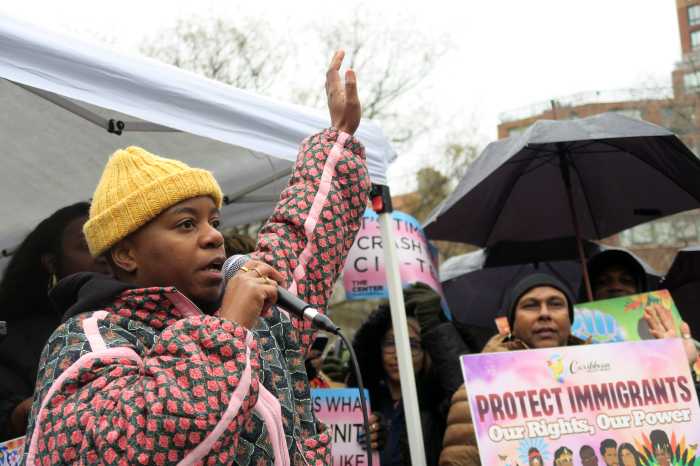
What should happen when someone has a mental health crisis in New York City?
That’s the question that around fifty people gathered to answer at a community forum in Manhattan last week. They were sure about one thing: an emotional episode shouldn’t result in death by police.
The forum, organized by advocacy nonprofit Community Access, was supposed to gather suggestions for Mayor Bill de Blasio’s close-to-year-old task force on mental health crises. The advice was varied.
One woman suggested some kind of code phrase that an officer might know that you could say over the phone when a loved one needed help: “tomatoes are on the stove,” or something. Then there was this plea to the NYPD: “If you wouldn’t shoot up your own neighborhood, don’t shoot up someone else’s.”
How NYC helps or ignores the mentally ill is close to the heart of so many of New York’s problems, since mental health issues that go unanswered can translate into homelessness, difficulty finding work, and at times tense and complicated and even dangerous interactions with police.
This isn’t the first task force on the general subject. One convened early in de Blasio’s term led to new training for NYPD officers about responding to crisis situations. That work is still unfinished: some 30 percent of uniformed NYPD members had received the training as of the last fiscal year.
Meanwhile, police-involved shootings, often of people of color with apparent mental issues, keep happening: as in 2016 when 66-year old Deborah Danner, holding a bat, was killed in the Bronx. De Blasio announced the new task force in the spring of last year. A mayoral spokeswoman said final conclusions are expected to be out early this year.
Listening to some of the forum attendees, many of them dealing in some way with mental health issues themselves, you quickly got a sense of how much work needs to be done.
During a brainstorming session in a corner of the Community Access Conference Center overlooking New York Harbor, one group of attendees discussed ways to reduce the number of 911 calls for people in apparent mental health crisis (in 2017, there were almost 170,000 such calls, according to Community Access analysis of NYPD data).
Maybe 911 could be used just for people threatening suicide, homicide, or self-harm, suggested Christina Sparrock, 51, a mental health advocate from Fort Greene. Other calls could be diverted to get people different services or attention.
“911 is if you’re overwhelmed,” said Charisma White, 42.
The group talked about who should respond to mental health crises — one of the small number of “neighborhood coordination officers” who are supposed to have a community focus? Maybe it should be an officer wearing a different colored uniform, to put people at ease. And certainly they shouldn’t come in with guns blazing.
White, who lives in the Bronx, said she appreciated the Fire Department. She called the FDNY “a force of authority in your community, but they’re not going to threaten your life.”
And sometimes, she said, you need authorities. She noted that she had called 911 multiple times to get help for her cousin, who used to live with her. He was “slightly schizophrenic,” and sometimes he wouldn’t take his medicine. “Not that he’s a bad person,” she added, or particularly aggressive. But there were times when she couldn’t handle him.
So she’d call 911, officers would come, maybe they’d take him to a shelter until he agreed to behave back home. The officers eventually got used to the routine: hello Mrs. White, etc. White says nothing drastic happened to her cousin. But maybe there was another way to accomplish all this.
In fact, the city has an alphabet soup of crisis response units and acronym services to help or identify people with mental illness — HEAT, ESU, CIT, EDP. Police have mentioned a Staten Island 911 pilot program where crisis calls without risk of violence can be diverted, according to Community Access advocacy coordinator Carla Rabinowitz. It can all make your head spin, particularly if you or a family member is having a breakdown. Wouldn’t it be nice to have a simple 3-digit number like 911 or 311 that you could call to get immediate non-police help? Sparrock asked.
There’s 1-888-NYC-WELL to connect with some services, part of first lady Chirlane McCray’s ThriveNYC initiative, but that’s not as easy as something like “211,” say, and lots of people don’t know about it.
Sparrock mentioned one time where she advised a friend to get through to NYC Well through 311, but the 311 operator apparently wasn’t familiar with it.
The stakes are high. Things were peaceful in the bright room, everyone talking in hypotheticals and sipping coffee, but how long until the next “emotionally disturbed” person killed like Danner (2016), Dwayne Jeune (2017), or Saheed Vassell (2018)?
“You can’t just snap out of a mental health crisis,” said Sparrock, snapping her fingers.
